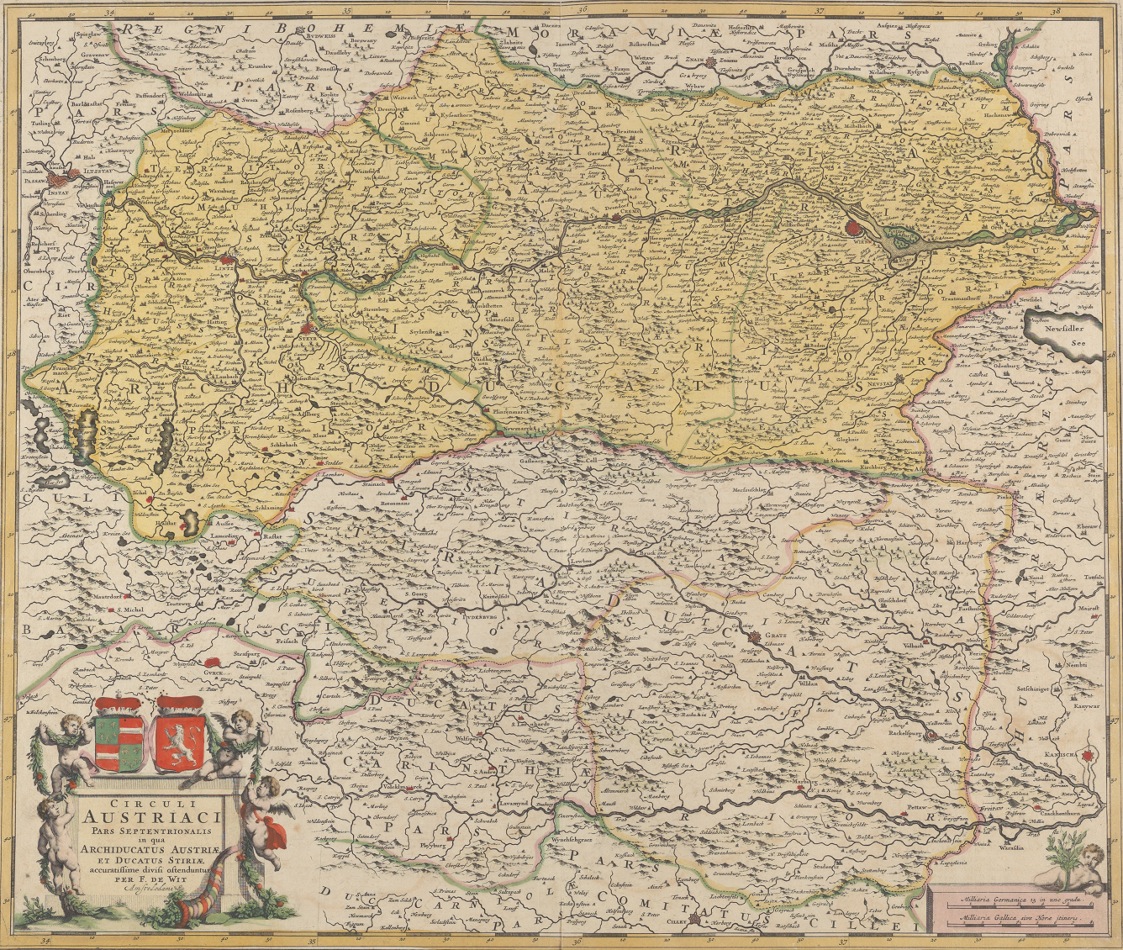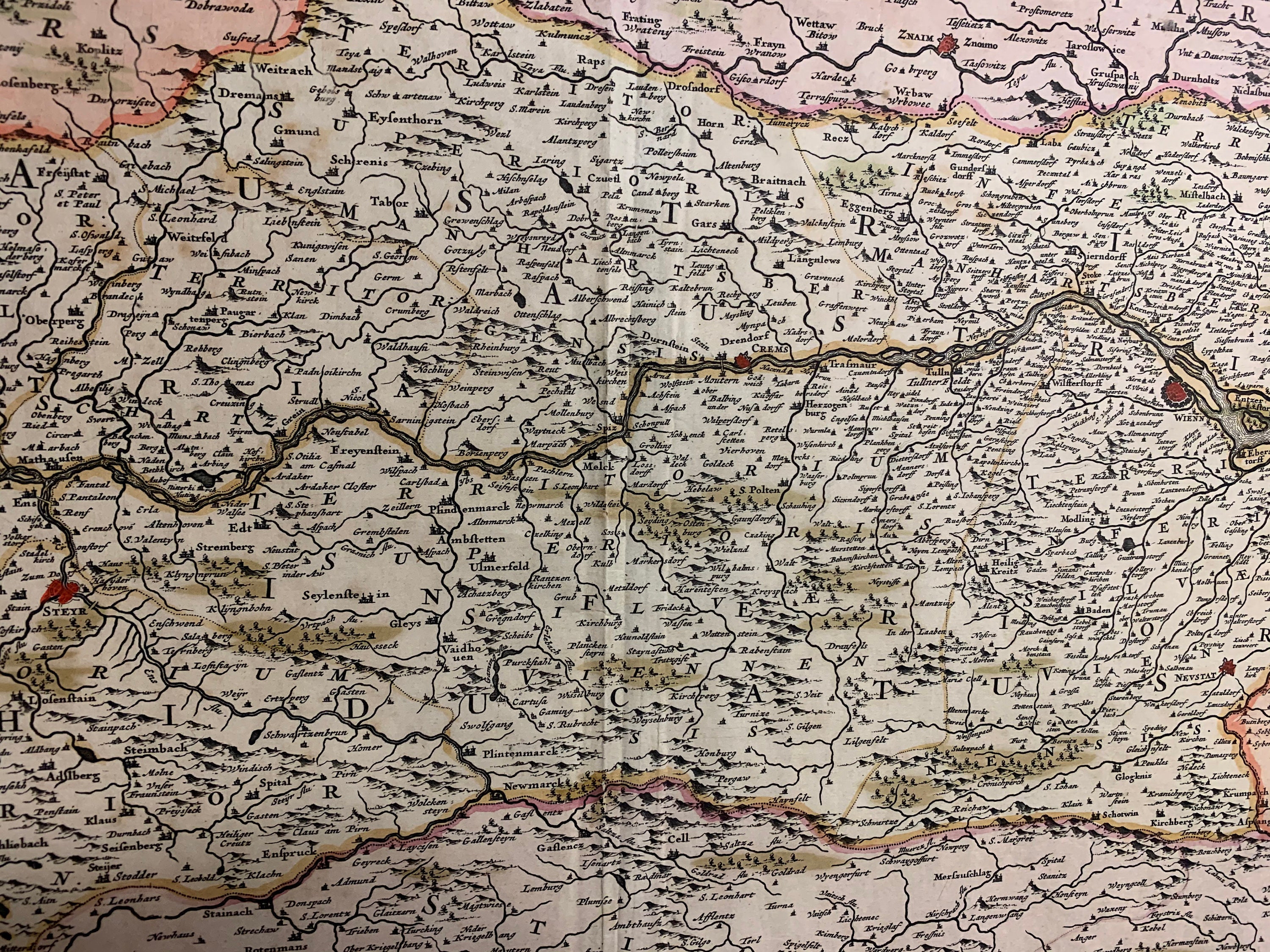


This race theory was not, as historians of the Ustasha state have hitherto argued, a product of a practical accommodation to the dominant Nazi racial ideology.

This book traces the intellectual origins of race theory in the pro-Nazi Ustasha Independent State of Croatia, 1941-1945. 2 Ante Starcevic: Historic state right and Croat blood Introduction The Slavoserbs and the Vlach question Blood and race (`breed') Conclusion 3 Race theory in Habsburg Croatia 1900-1918 Introduction Germanic rulers, Slav subjects and Asiatic nomads Racial anthropology: The Dinaric race Balkan anthropology and Ciro Truhelka: Fair-haired Slavs and dark-skinned Vlachs The socio-historical theory of Ivo Pilar: Race and religion Serbian-Yugoslavist racial ideas Racial Yugoslavism and the Croatian Peasant Party Conclusion 4 Yugoslavist and Serbian racial theories in the Kingdom of Yugoslavia Introduction The trinomial South Slavic nation The patriarchal Serbian/Yugoslav Dinaric type The South Slavs and German racial anthropology Boris Zarnik: Nordic-Dinaric racial admixture Conclusion 5 Interwar Croatian ethnolinguistic-racial theories Introduction Filip Lukas: The Western-Eastern Croats and the Dinaric race Milan Sufflay: Croatia as a frontier of the White West The Iranian and Gothic theories of Croat origins Croatian racial discourse and the Muslims of Bosnia and Herzegovina Conclusion 6 The interwar Ustasha movement and ethnolinguistic-racial identity Introduction The Ustasha principles Ustasha ideology: Croat ethnic-racial history Conclusion 7 The Ustasha racial state Introduction The national community The race laws Conclusion 8 The ideal racial type: The Aryan Croat Introduction The new (old) Croatian man A cultured warrior nation The Dinaric race and the Nordic racial strain The Nordic Slavic-Gothic-Iranian Herrenschicht The Croats of Catholic and Islamic faith National Socialist race theory and the Croats Conclusion 9 The racial counter-type: The Near Eastern race Introduction The Serb-Vlachs Religious conversion and racial restrictions The Croatian Orthodox Church The Jews Conclusion Epilogue.1 Language and race: Croats, Illyrians, Slavs and Aryans Introduction The Indo-Europeans Pan-Slavism and the Illyrian movement Yugoslavism and the Serbs of Croatia Conclusion.EBSCO Academic Comprehensive Collection.This is a new account of US foreign policy towards one of the Second World War's most brutal dictators and is an essential contribution to Croatian war-time history. Today, the Ustase remains difficult legacy within Croatian society, partly as a result of Paveli?' political life in exile in South America. Truman's Cold War priorities meant that Paveli? was never made to answer for his crimes. Drawing on previously unpublished documents, Robert McCormick argues that President Harry S.
CIRCULI AUSTRIACI PARS OCCIDENTALIOR FULL
Croatia under Ante Paveli? provides the full history of this period, with a special focus on the United States' role in the post-war settlement. Paveli? was an extreme Croatian nationalist who believed that the Serbian people were an inferior race - he would preside over a genocide that ultimately killed an estimated 390,000 Serbs during World War II.


 0 kommentar(er)
0 kommentar(er)
